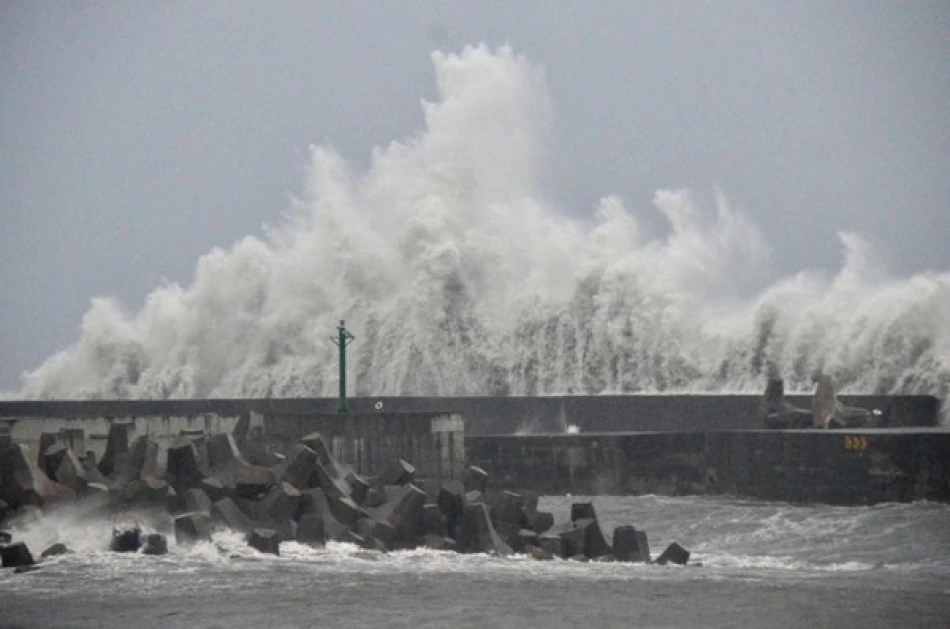
Powerful Typhoon Bodu Batters Taiwan, Causes Widespread Disruption
Typhoon Budol Strikes Taiwan's Industrial Heartland, Testing Semiconductor Supply Chain Resilience
Typhoon Budol made landfall in Taiwan on Wednesday, forcing authorities to shut down schools and government offices as the storm threatens the island's critical technology manufacturing hub. The typhoon's path through Taiwan's southeastern regions puts global semiconductor supply chains on alert, given the island's dominant position in chip production that powers everything from smartphones to electric vehicles.
Storm's Path Through Taiwan's Tech Corridor
The typhoon struck Taitung County on the eastern coast shortly after midday, moving across the southern third of the island at approximately 36 kilometers per hour, according to Taiwan's Central Weather Agency. While the storm's full severity remains unclear, meteorologists have observed high waves and strong winds across much of the southeastern region, though heavy rainfall has not yet materialized.
The affected areas lie south of capital city Taipei, near Taiwan's main international airport and the island's high-tech industrial base. This geographic concentration of critical infrastructure makes even moderate storms potentially disruptive to global technology supply chains.
Economic Impact Beyond Agriculture
Aviation and Transportation Disruptions
Authorities have postponed or canceled approximately 12 flights that were scheduled to travel south into the storm's path. These transportation disruptions, while currently limited, could expand if the typhoon intensifies or changes course toward more populated areas.
Traditional Vulnerabilities Persist
Beyond potential technology sector impacts, Taiwan faces its familiar typhoon-season challenges. The storms typically damage fruit crops and other cash commodities while triggering landslides across the island's mountainous central regions. Taiwan's agricultural sector, though smaller than its technology industries, remains vulnerable to these seasonal weather patterns.
Global Supply Chain Implications
Taiwan produces over 60% of the world's semiconductors and more than 90% of advanced chips, making any disruption to the island's operations a global concern. Major foundries like Taiwan Semiconductor Manufacturing Company (TSMC) have developed robust contingency plans for typhoon season, including backup power systems and rapid facility protection protocols.
The semiconductor industry's concentration in Taiwan creates a unique vulnerability that has drawn attention from governments and companies worldwide. Recent geopolitical tensions have already prompted discussions about supply chain diversification, and natural disasters like Typhoon Budol underscore the risks of geographic concentration in critical industries.
Preparedness and Response Measures
Taiwan's experience with typhoons has led to sophisticated early warning systems and disaster preparedness protocols. The island typically faces multiple typhoons each year during the summer and fall seasons, making storm preparation a routine but critical aspect of both government and corporate planning.
The current response reflects lessons learned from previous storms that caused more significant disruptions. By closing schools and government offices preemptively, authorities aim to minimize both human risk and economic disruption as the storm's full impact becomes clearer in the coming hours.
Most Viewed News

 Layla Al Mansoori
Layla Al Mansoori






